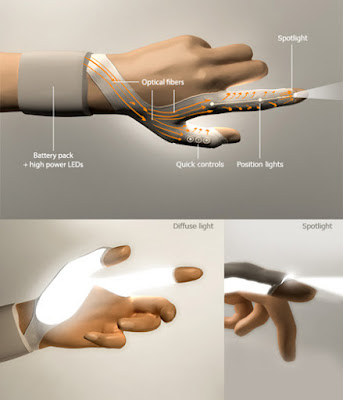
This very picture caught my attention and made me wonder what I perceived was actually true or not. Called the Lifewall from Ceracasa, these are indeed individual tiles laden with different types of flora that is maintained by drip irrigation. The special tiles, each measuring a square meter, in addition to supporting green life also helps in breaking down oxides of nitrogen present in air.The Lifewall tile has been conceived by architect Emilio Llobat of Maqla Architects, Azahar Energy and Ceracasa.
Not only Lifewall lets you enjoy a vertical garden, it also enables designing of the exterior in any pattern. Each Lifewall actually incorporates another technology called the Bionictile from Ceracasa which helps in cleaning the air. Research reveals that “if 200 buildings were coated by ceramic Bionictile, an equivalent volume of 2,638 million cubic meters of air per year would be decontaminated” which would allow 400,000 people to enjoy purified air. It sums up to be a double gain; more plants, less pollution!



















